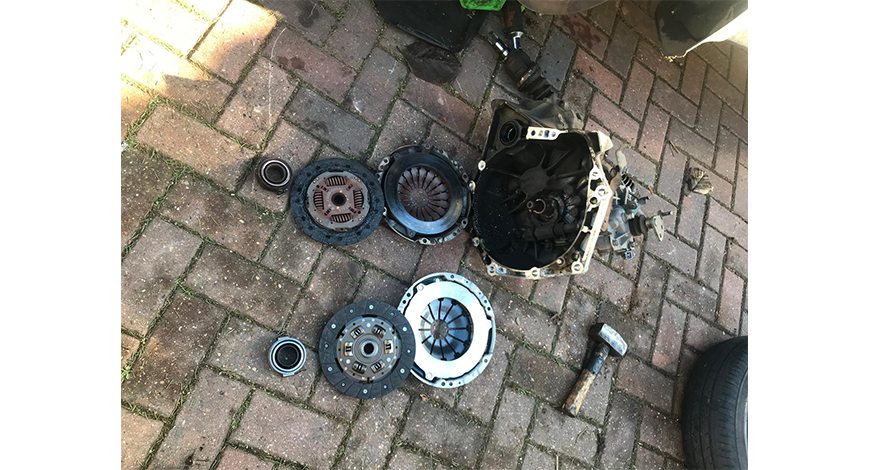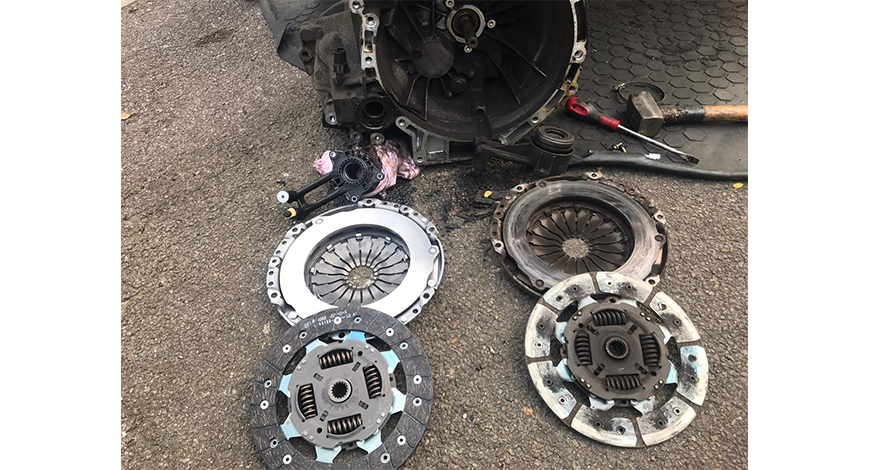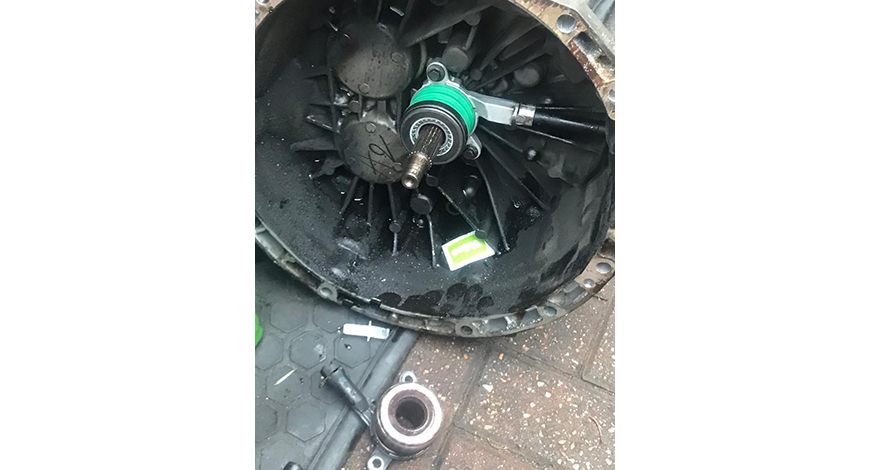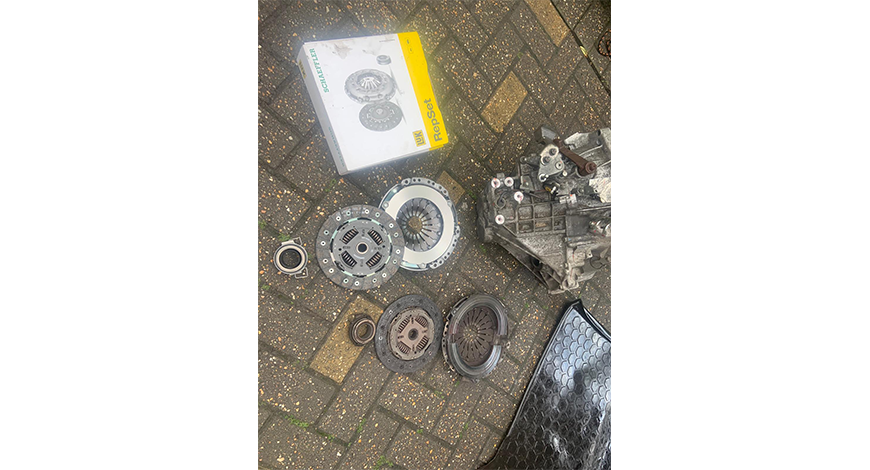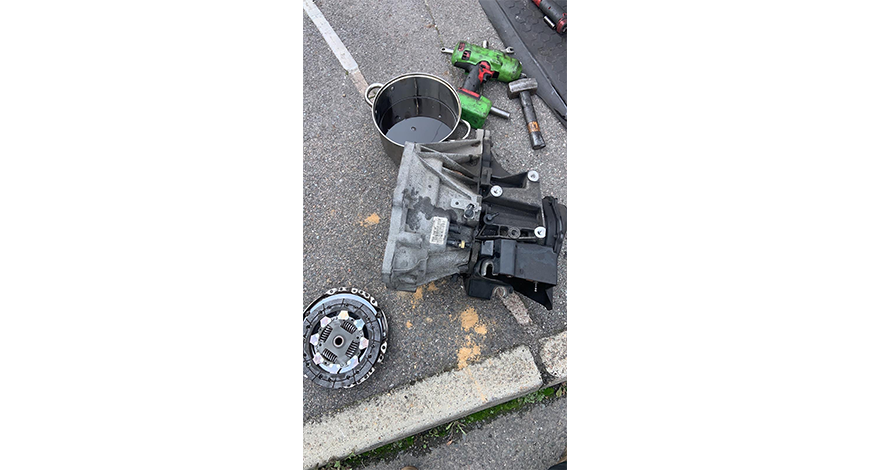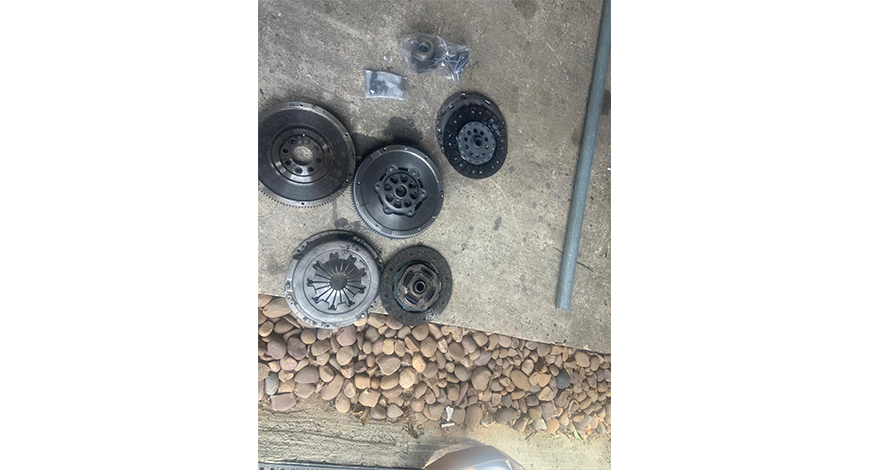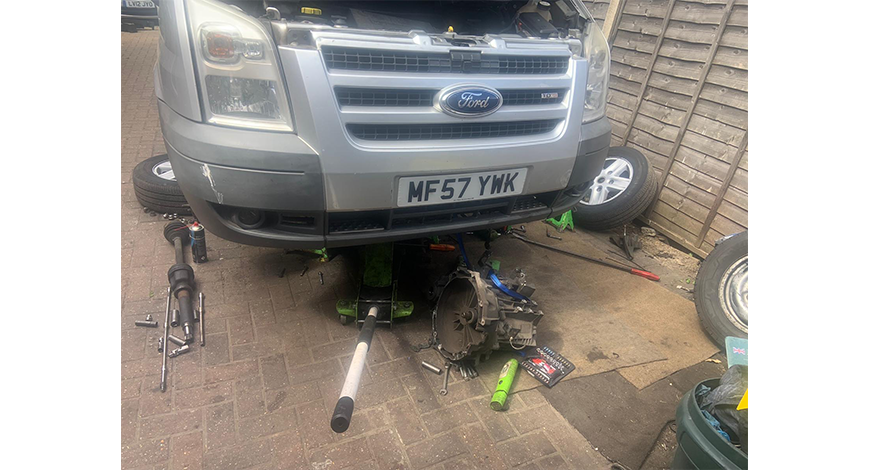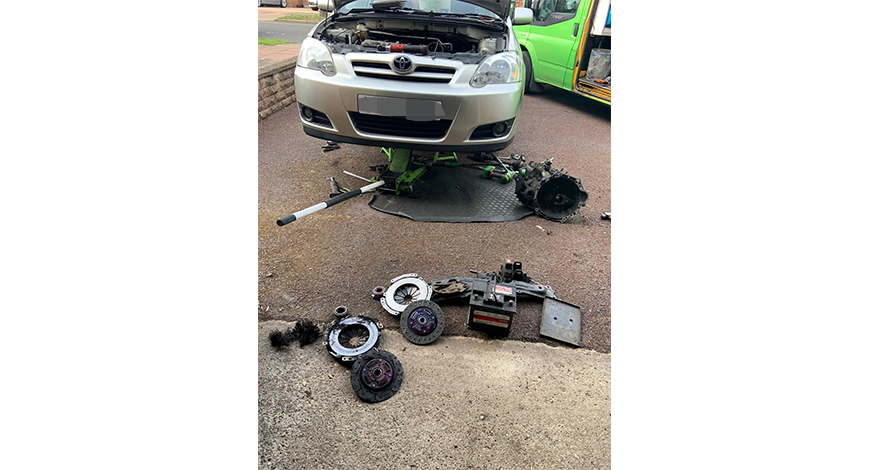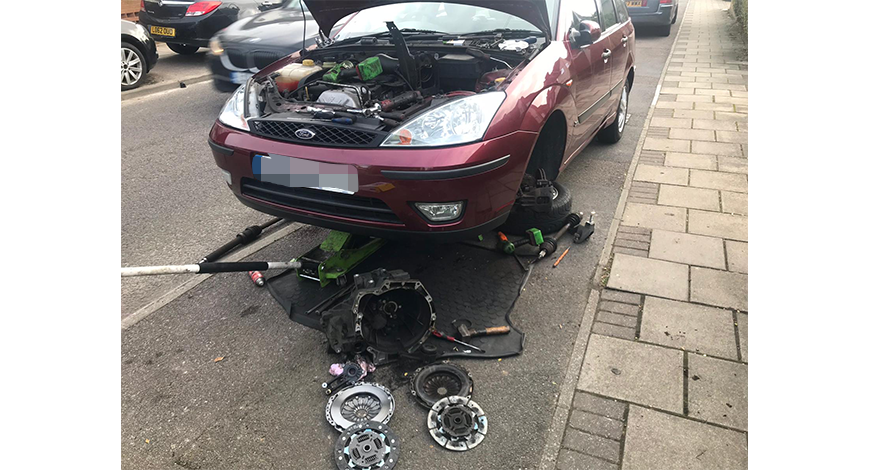Clutches
Clutches
How to tell if your clutch is going
The clutch is a hugely important part of your vehicle - without it, you would be unable to change between gears. Like many of your car's components, it is possible your that your clutch may wear out over time.
Find out more about what your clutch does below, and what symptoms to look out for if you think yours might be due for replacement.
What does a clutch do?
Simply put, the function of a clutch is to separate the engine from the wheels, allowing you to change gear and come to a complete stop while the engine is still running.
The clutch is made up three main parts - the clutch plate, pressure plate and flywheel. When the clutch is engaged (foot off the pedal), the springs in the clutch press these three parts together so that the engine and the transmission are connected and spinning at the same speed. When you press your foot on down on the clutch pedal, however, the springs pull the pressure plate away from the clutch plate, so that the flywheel and pressure plate spin at a different rate, allowing you to smoothly change gears.
What to look out for
If you are experiencing any of the below symptoms, you may need a clutch replacement:
- Spongy, sticking, vibrating or loose clutch pedal when pressed
- Squeaking or grumbling noise when pressed
- Ability to rev the engine, but poor acceleration
- Difficulty shifting gear
- 'Slipping' clutch, causing a momentary loss of acceleration.
The cost of clutch replacement varies depending on the nature of the problem and the model of car you are driving. If you think there may be a problem with your clutch, call today for a Clutch Performance Check. Our expert clutch fitters will let you know what we need to do and how much it will cost before any work is carried out.
Welling,
Kent
Mon - Sat: 8:00am to 6:00pm
Sun: 10:00am to 1:00pm


